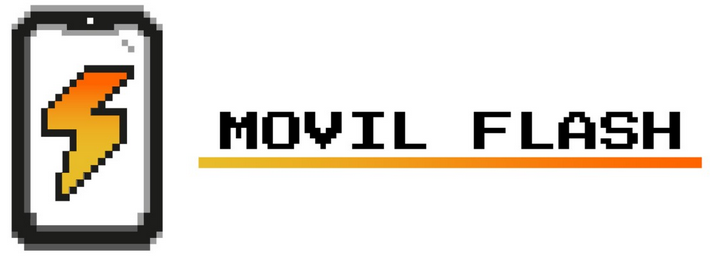iPhone screens, types, problems and how to fix them by buying from a mobile parts shop
What are the different types of iPhone screens of the different generations?
In recent years, Apple iPhones have evolved significantly over time. This is mainly because each new generation of iPhone has improved the quality of the screen, the quality of the materials and the overall performance of the device. The first generations of iPhones were equipped with 3.5-inch LCD screens. These screens had a resolution of 320 x 480 pixels and were made of low-scratch resistant glass. These screens were perfectly adequate for everyday use, but were not very good for viewing high-definition content.
Over time, Apple has significantly improved the quality of its screens. Second-generation iPhones were equipped with 3.5-inch LCD screens with 640 x 960 pixel resolution. These screens were much sharper than the first generation and offered much better image quality.
The third generation iPhones brought with them a radical change in screen quality. These devices were equipped with 4-inch Retina displays with a resolution of 640 x 1136 pixels. These screens were much sharper than those of the second generation and offered near-perfect picture quality.
Fourth-generation iPhones followed the same pattern as the third generation, but with a 4.7-inch Retina display with a resolution of 750 x 1334 pixels. This screen was even sharper than the third generation and offered incredibly high image quality.
The fifth-generation iPhones also followed the same pattern as the fourth generation, but with a 5.5-inch Retina display with a resolution of 1080 x 1920 pixels. This screen was even sharper than the fourth generation and offered even more exceptional image quality.
The sixth-generation iPhones brought with them an innovation in screen quality. These devices were equipped with 5.8-inch OLED displays with a resolution of 2436 x 1125 pixels. This screen was not only much sharper than previous displays, but also offered better colour quality and greater durability.
The seventh-generation iPhones brought with them a new 6.1-inch OLED display with a resolution of 1792 x 828 pixels. This screen was even sharper than the sixth-generation display and offered near-perfect picture quality.
Common problems with iPhone screens.
Although Apple iPhones are very reliable devices, they can sometimes have problems with the screen. These problems can include smudging, pixelation, flickering, cracking, etc. These problems are common on devices of all generations and can be caused by a variety of factors, including excessive use, exposure to liquids or use of unauthorised applications, or mechanical damage such as dropping or bumping.
How do I replace an iPhone screen?
If your iPhone exhibits one of the above problems, then the screen may need to be replaced. Fortunately, there are a wide variety of online mobile parts shops where you can buy replacement iPhone screens. These websites, such as Movilflash, offer iPhone parts and screens for all generations from iPhone 5 and upwards, as well as a satisfaction guarantee.
Movilflash even offers screen replacement services, which means that a specialised technician will replace the screen for you. This can be particularly useful if you are unsure how to replace an iPhone screen.
Another option is to buy a screen directly from the mobile parts shop's website. These sites, such as Movilflash, often offer quality replacement screens at very affordable prices. One example is the iPhone 12 screen that you can find on our website with different prices based on the type of quality and price desired. To get the best results when replacing an iPhone screen, it is important to make sure that you buy a quality screen. This means that you should choose a screen that is compatible with your device, that fits your device properly and that has a good picture quality. To make sure you get the best possible picture quality, it is important to buy a replacement screen from a reputable dealer. At the Movilflash mobile parts shop we have several screen options, and our experts can advise on the best option for your needs. This will ensure that the screen is compatible with your device, that it fits correctly and that it offers good picture quality.
